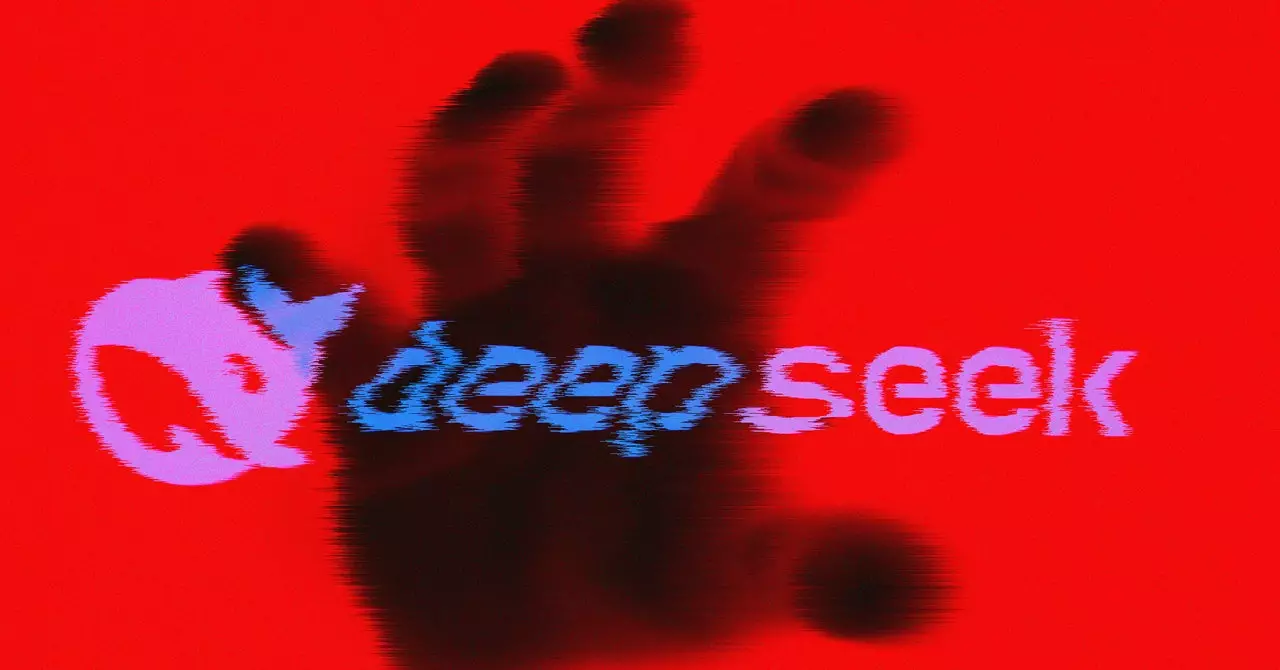In the ever-evolving landscape of artificial intelligence (AI), the security challenges posed by jailbreaks continue to haunt developers and users alike. Despite ongoing advancements in technology, these vulnerabilities remain stubbornly persistent, raising significant concerns across multiple sectors. With experts weighing in on the seriousness of the issue, it becomes imperative to unpack the intricacies of AI jailbreaking and its implications for businesses and users.
The Inescapable Nature of Jailbreak Vulnerabilities
As noted by Alex Polyakov, CEO of Adversa AI, the resilience of jailbreak vulnerabilities mirrors the historical difficulties faced in software security, such as buffer overflow attacks and SQL injection flaws. These issues have plagued the technology industry for decades, demonstrating that once certain weaknesses are introduced, they are nearly impossible to eradicate. Similarly, AI systems—by virtue of their complexity and evolving nature—are susceptible to exploits that can lead to potentially serious breaches.
This issue becomes even more pressing when organizations integrate AI into critical business processes. As Cisco’s Sampath points out, the amplification of risks in such scenarios can lead to increased liabilities and operational vulnerabilities. When AI models—particularly those deployed in complex systems—are exploited through jailbreak techniques, the resulting consequences can cascade into severe business ramifications. The ongoing challenge of adequately securing these systems against jailbreaks is not just a technical hurdle but a pressing priority for any organization leveraging AI in mission-critical environments.
To better understand the vulnerabilities associated with AI models like DeepSeek’s R1, researchers at Cisco embarked on an investigation utilizing a standardized library known as HarmBench. Their approach involved analyzing 50 randomly selected prompts classified across six categories, including cybercrime and misinformation. This methodical examination aimed to gauge the model’s response to known threats, while also ensuring that evaluations were conducted in a controlled environment detached from external data influences—an important factor given the privacy concerns associated with data transmission to overseas servers.
Initial findings revealed worrying trends, particularly when the model was subjected to non-traditional forms of attack, such as linguistic manipulation using Cyrillic characters. These tests highlighted not only the limitations of DeepSeek’s defenses but also the creative strategies employed by those testing the security of AI models. While Cisco emphasized adherence to recognized benchmarks, the potential for misuse and exploitation loomed large over the findings.
A significant element of Cisco’s evaluation was the comparative analysis between DeepSeek’s R1 and other popular AI models. Interestingly, while some models, like Meta’s Llama 3.1, struggled under test conditions, DeepSeek’s performance raised both curiosity and concern. Despite its slow processing time, which Sampath attributes to its complex reasoning capabilities, it still faced issues when confronted with jailbreak tactics.
Polyakov’s assessments provided additional context, revealing that although DeepSeek could detect and counter some jailbreak attempts, the foundation of its security measures was underwhelming. His tests demonstrated that numerous known jailbreak methods could easily bypass these protections. The alarming part? These exploits were far from innovative; many have been in the public domain for years. Such vulnerabilities highlight a lurking question: how can AI models—deemed to be at the cutting edge of technology—afford such a susceptibility?
The Infinite Attack Surface: A Call to Arms for Security Specialists
The discourse on AI security, particularly concerning jailbreaks, underscores a broader truth: the attack surface for these models is virtually limitless. Polyakov poignantly conveys that regardless of any updates or patches made, the chance of discovering new avenues of attack remains ever-present. With the rapid pace of innovation in AI, the narrative becomes a cyclical one, where defenses are constantly put to the test, only to reveal flaws that may never fully vanish.
Organizations reliant on AI must recognize that ongoing vigilance and adaptation are essential. To fortify their models against the lurking threat of jailbreaks, continuous investment in both technological advancements and rigorous testing practices are non-negotiable. As AI becomes further embedded in our societal fabric, understanding and mitigating these vulnerabilities becomes imperative—not just as a technical challenge but as a responsibility both to users and society at large.
The insights gleaned from this ongoing dialogue highlight a critical juncture in AI development. The complexities inherent to these systems demand that security remain at the forefront of any operational strategy, underscoring the need for collaborative efforts in addressing jailbreak vulnerabilities.

